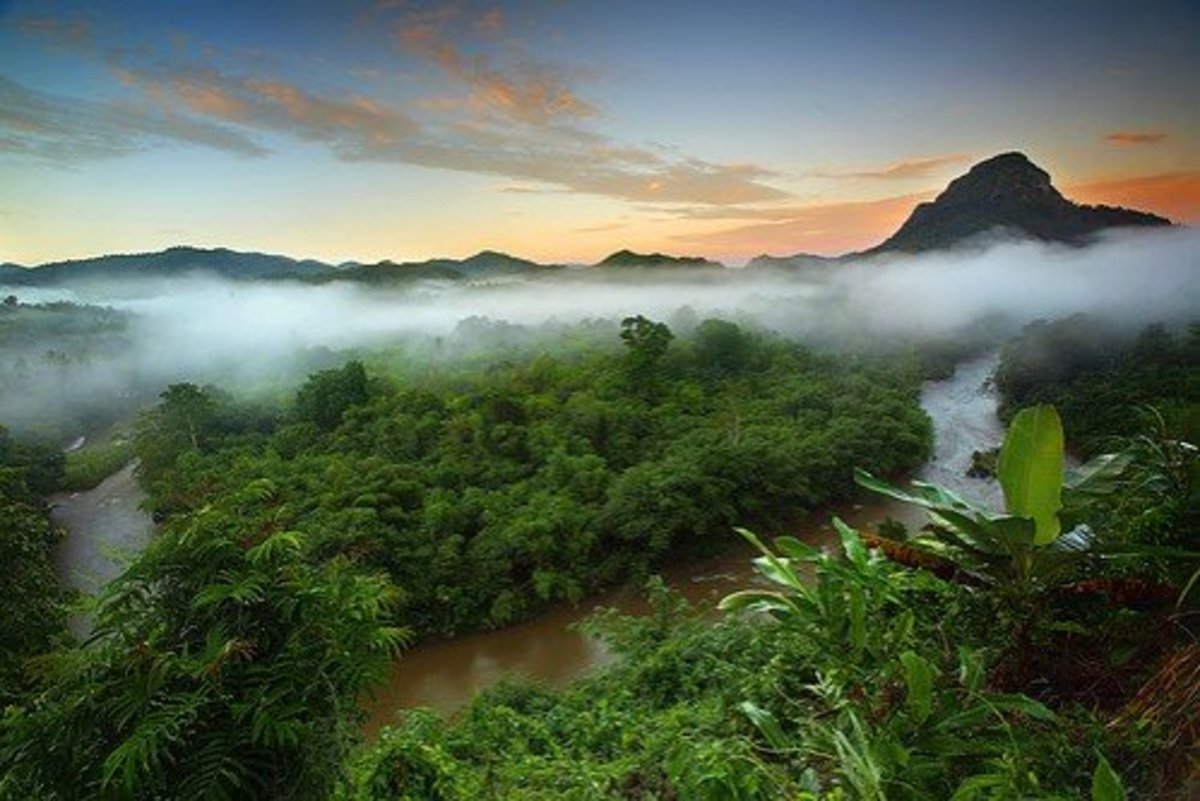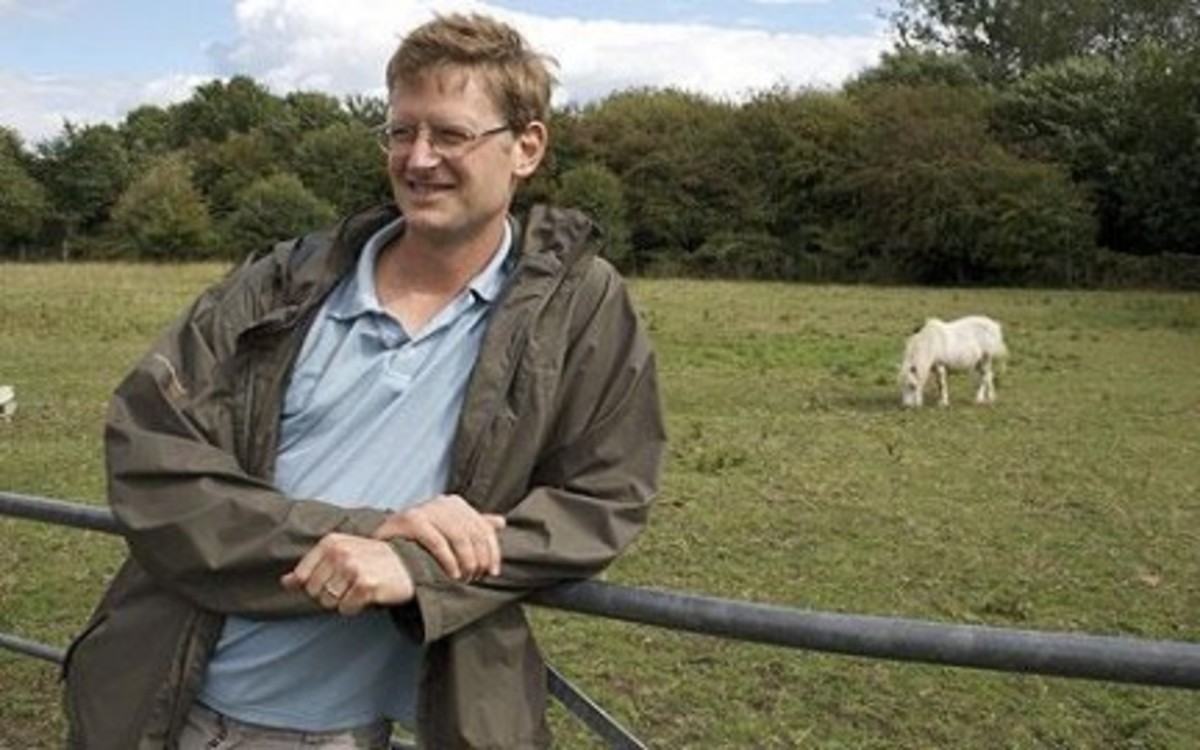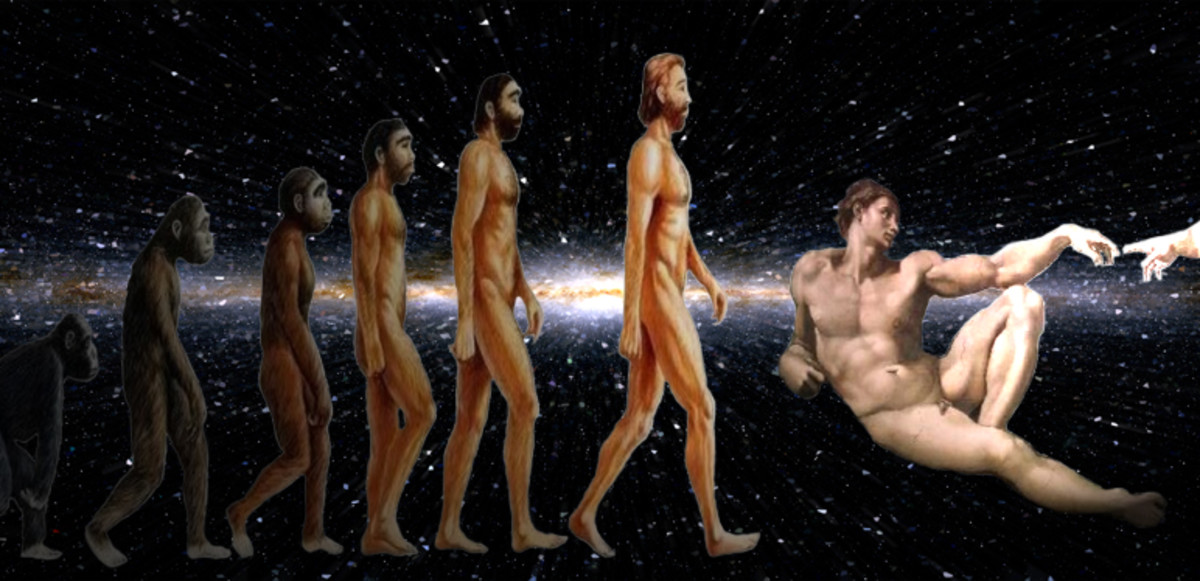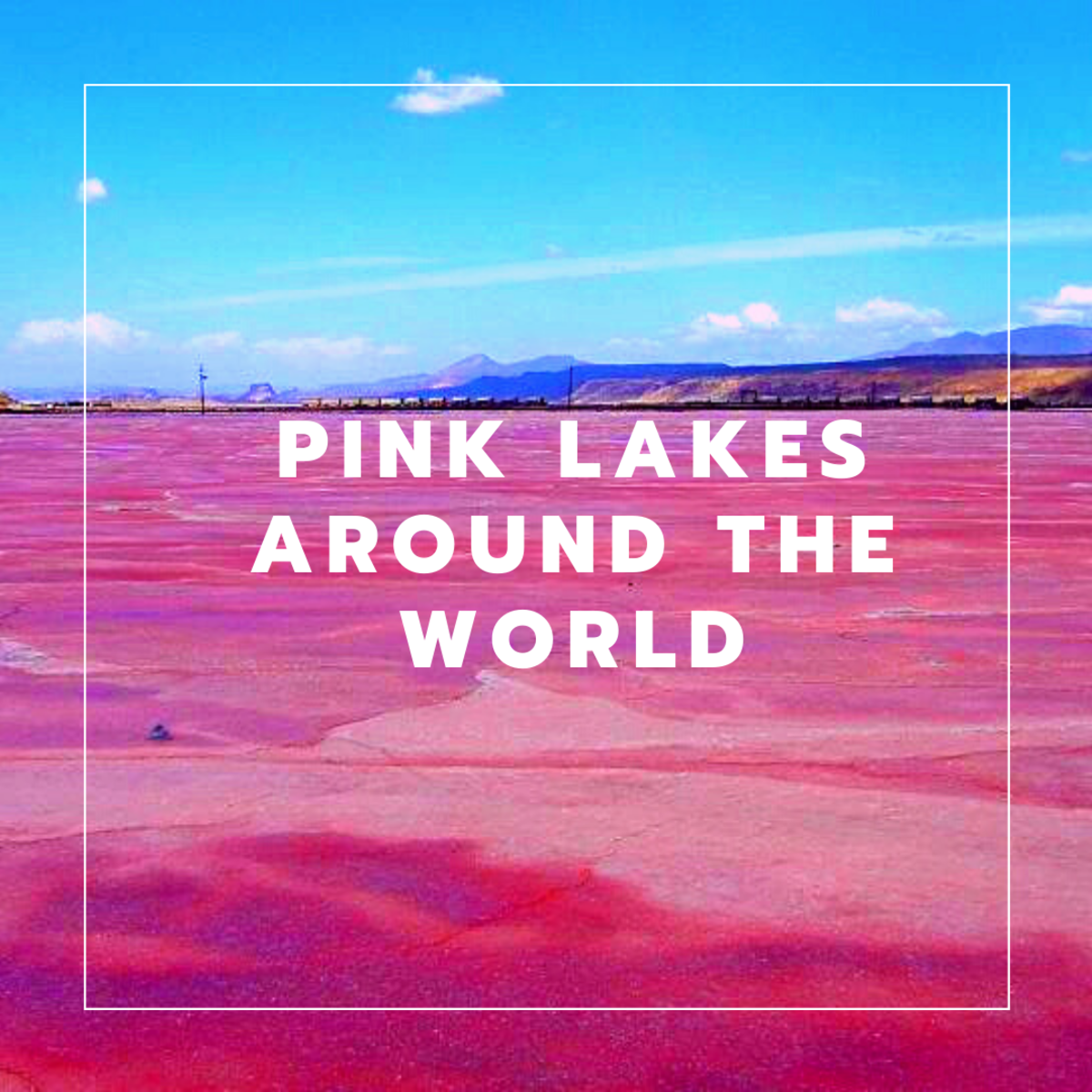The Earth's End May Be Like its Beginning
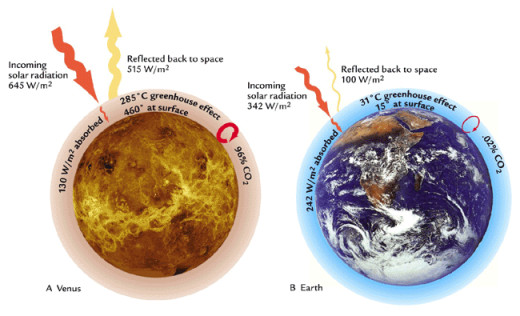
The Earth's End May Be Like its Beginning
In the beginning, the earth had an atmosphere high in carbon dioxide. It has been determined that the early Earth was very similar to Venus. Earth's atmospheric content was 98% carbon dioxide and 2% for the rest, mainly methane, with no free oxygen. In addition, the surface pressure was 60 Bar, or 60 times the sea level pressure of of today (1), which is about 14 psi making the early pressure about 960 psi. To put that into perspective, that would be like diving to almost 2,000 feet underwater (2). This pressure would vary by altitude and thus this is an averaged expression. The temperature was on the order of 296 degrees Celsius. By comparison, Venus was and is 96.5% Carbon Dioxide at 90 Bar with a temperature of 477 degrees Celsius. Earth was so hot in its youth, that water existed only in the form of superheated steam, an invisible gas and was part of the non carbon dioxide atmosphere. The early atmosphere was dense, thick and extensive, much more than today. What happened thereafter can only be seen as the transforming power of early life that came to earth from the outside in the form of extremophiles that removed most of the carbon dioxide first by fixing it with calcium to make calcites and calcium carbonate that abounds in various forms all around the earth. We see this in chalk cliffs, limestone and marble in abundance, This process took billions of years. Stromatolites did something else that came later, and that is release free oxygen, but water had to settle out of the atmosphere first. Early on, most of this was absorbed by iron and other substances that oxygen reacts with. But first and in order to have liquid water, the temperature had to drop to less than 100 Celsius by today's sea level standards. Stromatolites are considered the oldest living species and still survive off Australia's west coast in the shallows.
The temperature reduction in the earth took a long time, but when it was sufficiently cool enough, water began to settle in the form of a steady rain that lasted planet wide for millions of years as a constant recycled deluge while the temperature remained close to 100 degrees Celsius. Temperatures had to cool enough in order for water to collect into oceans and allow sea born microbes to begin the process of photosynthesis. This sea life also absorbed some of the free carbon dioxide as a secondary process. When these plants died and settled to the ocean floor, most were buried with their carbon content intact, which became the base of the oil we use today. This further cooled the earth. By the time of the Cambrian explosion of complex life, earth was both cool enough and oxygen rich enough to allow life as we know it to develop over the five successive epochs of life. The aeons of the development of life has seen earth go through dramatic changes, from a superheated planet more like Venus, to two snowball epochs that caused a planet wide freeze and everything in between many times over. There have also been hot periods with planet girdling super storms that lasted like storms on Jupiter. Until recently, Carbon dioxide reached a record low, but that has reversed, especially since the 1950s. It has been building up ever since and the causes are twofold; the addition of exhaust of combustion of oil, gas and coal and the deforestation of the planet. In 2013, the earth passed the 400 ppm of carbon dioxide in the atmosphere, a condition unseen for five million years.
Earth went through many cataclysms throughout its existence. There have been five great extinctions as a result that demarcate the great epochs of life. These extinctions had the effect of locking up even more carbon. Today, after a long development, carbon dioxide is now a trace gas in the atmosphere, but that trend has been reversed and it is now building up and as of 2013, stands at 400 ppm and its still rising. The trend has been accelerating since the mid 20th century and there are dire consequences in store. There appears to be no let up in the accumulation of the carbon dioxide output. There are secondary and tertiary considerations attached to this as well in the form of methane and ocean acidification. What will happen if business as usual continues unabated? We will look at the consequences and the end of days of life as we know it.
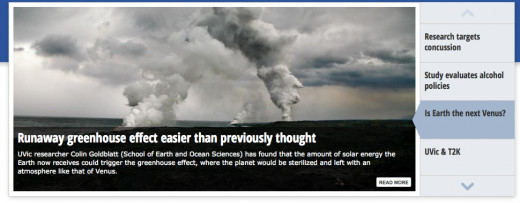
Ancient Deposits Are Being Reactivated and Could Spell Disaster
There is at work, a reversal of processes that locked up carbon dioxide in calcium carbonate, calcite, coal, oil, gas, methane, plant and animal biota dead and alive. By the constant burning of oil, coal and gas, as well as removing natural shade in the form of trees by human activity, the earth is heating up. There is as a result, a clear and present danger of the mass release of frozen methane. But the burning of fossil fuels and plant matter does not end the story here. Carbon dioxide is absorbed by the oceans, lowering the PH and tending the oceans towards acidification. The result is that mollusks can no longer manufacture calcium carbonate as efficiently for their shells and in addition the acidification of the oceans is dissolving the existing calcium carbonate and releasing more carbon dioxide into the oceans and atmosphere. It is known that methane is 84 times more potent than carbon dioxide for trapping heat. Thus, when the arctic and Antarctic ice melts sufficiently, methane will be released in mass amounts and significantly raise world temperatures. There is estimated, sufficient oil reserves alone to last 53.3 years from the epoch of July, 2014. Thus it will presumably run out some time around 2067. That is not counting the gas, nor methane, nor coal, which are far more abundant. It is estimated that the global average temperature has already risen between one and two degrees Celsius. Sea levels on the coasts are rising about one centimetre per year.
It is hard to estimate when the fatal roll on effect will kick in, but a good guess is when the arctic seas remain free of ice for prolonged times. This first happened in 2012 and has been getting steadily worse. Glaciers are in retreat all around the world as attested by photography for the last century. Permafrost is also melting, giving rise to “drunken forests” in the sub-arctic regions of the world. There is a lot of frozen methane in the permafrost that has been produced from slowly decaying plant matter. This is and could be further released as temperatures continue to warm. The addition of methane will accelerate the whole process.
The existence of the ice caps in the arctic and Antarctic are the lower end of the energy gradient that currently stabilize the weather of the planet at the bottom of the gradient. Subtract this part of the energy gradient and the lowest level of the gradient will rise for the first time since ice first formed on earth hundreds of millions of years ago. The upper part of the temperature gradient has been rising despite the existence of ice, but that will accelerate even more once the ice is gone. It will not take long for the poles to reach tropical like temperatures once this happens and methane is mass released. Fortunately, the methane rises to the stratosphere and is broken down into hydrogen and carbon with the hydrogen escaping into space and forming noctilucent clouds. The carbon will stay behind and combine with oxygen to make carbon monoxide and carbon dioxide. Along with deforestation, this will help to lower oxygen levels in the atmosphere, that have already been falling. While methane is a much more potent greenhouse gas, its breakdown ensures that most of that effect will disappear, but the further addition of carbon dioxide will make it certain, that a part of the problem will remain. Meanwhile, climactic zones will shift toward the north and south poles while weather gets ever more extreme,
At a certain point, the temperature at the equator will be so high, that only extremophiles will be able to live there and the water of the oceans will reach the boiling point, producing prodigious amounts of clouds. These will form hypercanes and massive storm cells as the Coriolis effect causes storms to drift away from the equator. Recently, we passed another point along the way of about 80 degrees Fahrenheit where water evaporates more readily. More severe sea born storms are the result and the massive typhoons hitting the Philippines and Japan are just the beginning.
We have Been Crossing Many Tipping Points
When the oceans become acid enough, much of the carbon locked away in calcium carbonate and calcite will be dissolved and released into the oceans and atmosphere in a feedback cycle. It is entirely possible to see the earth drift back to a time like in the beginning where it was more like Venus than it is like it was sixty years ago. At that time, the oceans will evaporate and complex life including humans will be extinct. The earth will be like a damp Venus where only extremophiles can live. Can these organisms create a new earth with a climate suitable for complex life as we know it now?
According to cosmologists who study and understand the life cycle of stars like the sun, the answer given the short time line left is a definite no! According to those who study the life cycle of stars, the sun will become too hot to allow life as we know it to flourish on earth, even without climate change in some 300 to 500 million years. The sun will be a little more bloated and much hotter. Unless earth drifts slowly away from the sun, the heat of the sun will ensure the scenario described earlier, will at some point be a fact, even without added carbon. With added carbon, that cut off point can be on the order of 30 to 70 years and not the 300 to 500 million years. It would take extromophiles just too long to close the loop before the sun got to hot to allow life like ours to flourish again. Thus, we are in a race to curb our greed for fossil based energy before it is too late forever! We are in a race to implement environmentally friendly energy systems and further, to quickly build systems to remove some of that carbon we so carelessly vented into the air as if it were a garbage dump. We could immediately implement programs for reforestation, which would help tremendously. Given that scenario, we had better act fast to prevent certain ecocide! We have the knowledge to reverse the problem, but do we have the will, given the tenacity of powerful corporations who make their fortunes on oil, gas and coal? It took life four billion years to lock away all the carbon and to cool the earth enough to allow for the Cambrian explosion of complex life. We have been reversing the trend since the industrial revolution and are releasing prodigious quantities of that locked up carbon.
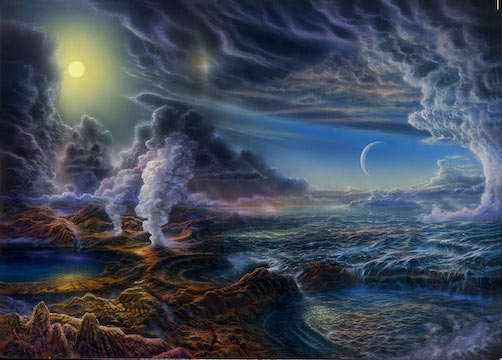
Where We Stand Now
Over the last few years we have witnessed the shrinking of the arctic icecap and the Greenland glaciers. Large chunks of ice have broken off from Antarctica as well and the main glaciers are speeding up. But, we still have much of the Greenland and Antarctic ice, so we are not at the tipping point where there is no lower temperature to fix the temperature energy gradient that exists between the poles and equator. However, that point will come sometime in the not too distant future, and when it does, then we are in serious trouble for reasons already mentioned. Add to this is the now fairly well acknowledged stratospheric geoengineering, aka, chemtrails that is manufacturing a “protective” global dimming to slow the effects of the accelerating greenhouse effect. This is only a partial mask and there are plenty of other indicators that we are in serious trouble even now. When at last, the oil runs out in a little more than 53 years, suddenly there will be no maintenance of an artificial cloud cover. What is up there by then, will settle out in three to four years. Then the real trouble will begin. The super typhoons, hurricanes, tornadoes and the weird weather we see now will be tame in comparison.
The manufactured climate alteration is having a negative impact on species diversity, with many species going extinct, primarily due to loss of habitat, either by human encroachment and/or by climate pattern change. This manufactured crisis has two parts; the ever expanding use of fossil fuels and the deforestation of the world's greatest wild forests. We are currently in what has been described as the sixth great extinction event on the earth and we are in part if not in whole, responsible with our addiction to fossil fuels and deforestation. Let us take a more serious look now and see how and when all of this will unfold by using some scientific projections. “A new study published in Proceedings of the National Academy of Sciencesprojects an ice-free summer sometime between 2054 and 2058. Previous models have predicted full Arctic melt as early as 2011 and as late as 2098;” (3) 2013 saw an almost ice free Arctic ocean. Subsequently, the winter saw only a thin and fractured ice cover form. 2014 promises to be more of the same. An ice free summer means that there will only be a thin ice cover forming for the winter. By the looks of 2013-14, this appears to be sooner than 2054-58. When that happens, then the less reflective Arctic will allow higher temperatures to form to the north pole and southward for the entire northern hemisphere. The lower temperature level will be gone and temperatures will rise in the Arctic too, creating conditions for the meltdown of Greenland and the massive release of methane from the Arctic ocean floor. As the atmospheric conditions will eventually reach the southern hemisphere as well, we can expect to see an even greater acceleration of the Antarctic meltdown. All this freed water will raise ocean levels by about 60 feet initially from the Arctic and Greenland and an additional 140 feet from the Antarctic meltdown. The one part of the process that will slow the process down, is much more evaporation of the seas at latitudes toward the equator, resulting in more cloud cover and more severe storms. This would also provide local cooling while the cloud cover remained, but there would be an average global warming. Climactic bands that circle the earth would tend to move toward the poles.
The Antarctic meltdown will prove to be the beginning of the real end, but consensus on this is mixed at best (4). But we do know that the break up of the major Antarctic ice shelves has accelerated over the last several years and as a result, inland glaciers are moving much faster, as glacier ice is dumped into the Antarctic seas at the leading edge with the ice shelves all but gone, especially in the October to March period each year. No hard projections exist for the disappearance of the Antarctic ice cap in total. What we do know, is that both poles and all glaciers the world over are in retreat and this in itself is a clear and present warning of our current trend. This is where we stand now (5, 6).
A BBC Documentary on the Evolution of Earth's Climate
What is to Come
As more and more carbon is dumped into the atmosphere, there will be a series of stages as the environment continues to degrade. When the poles are free of ice, the lowest temperature anchor will be lost and the temperature will rise at both poles and at the equator, conditions will become unbearable except for extremophiles. The oceans at that latitude will literally begin to boil. Temperatures at the poles will soar to tropical conditions. Huge clouds and storms will originate at the equator and drift toward the poles wrecking havoc in their paths. The high amounts of carbon in the atmosphere will be absorbed partly by the oceans, making them acid, which will dissolve calcium carbonate, releasing more carbon. By now, most of the methane will have been released and degraded. Free oxygen levels will plummet, perhaps to ten percent. The atmosphere will gradually become denser due to much more water vapour. The earth has been there before and will likely wind up there again sooner or later. Human intervention means it will be sooner and natures means it will be later.
In the total run away greenhouse situation, the earth will end as it began, with an atmosphere of mostly carbon dioxide, a pressure around 60 bar and a temperature in excess of 300 degrees Celsius. When will this happen? Given the current unfolding situation, it is likely to be more than a century away, but once the poles are free of ice, the situation will really accelerate. After this, the conversion to Venus like conditions will onset rapidly unless extremophiles that originally removed the carbon to begin with, set to working again to slow or stop or reverse the process. In the end, life as we know it now will be extinct, including humanity. A new earth with new life might set in for the final phases for the next 300 million years, until the sun puts a permanent stop to all life.
References:
-
Natural Disasters 6th ed., Patrick L. Abbott, ISBN 978-0-0-305034-8 pp 293, 294

